Resolution in the context of 3D renders refers to the level of detail and clarity in the final output image or animation. It is typically measured in pixels and is commonly expressed as width x height (e.g., 1920×1080 pixels for Full HD resolution). Resolution is a critical factor in determining the quality of a 3D render because it directly affects how sharp and clear the image or animation appears.
By exploring the types of image resolution used in 3D rendering, brand owners and marketers can gain a better understanding of how resolution affects the final result. This knowledge can assist them in making informed choices when ordering CGI services, ensuring that the visuals meet their desired standards for marketing purposes.
In this article by our CGI company, we will explore the types of image resolution in 3D rendering and how they affect the result of your marketing efforts. Prepare to be enlightened and keep reading!
Understanding Image Resolution in 3D Rendering: Definition, Benefits & New Opportunities
In the mesmerizing sphere of 3D rendering, mastering the different types of image resolution is an indispensable skill for achieving breathtaking visual fidelity. Read our 3D rendering guide if you are a business visionary looking to innovate, a deep-rooted understanding of types of image resolution not only enhances your creative prowess but also adds a competitive edge to your business and sales metrics.
#1. The Various Types of Image Resolution in 3D Rendering
As a CGI connoisseur or a business visionary seeking to captivate audiences with immersive virtual experiences, understanding image resolution in the context of 3D rendering is crucial for achieving high-quality, visually appealing results. This is a review of each end of every types of image resolution in 3D rendering:
1.1. Render Resolution
Render resolution, in simple terms, determines the clarity and level of detail in the final pixel dimensions of a rendered image. It serves as the foundation upon which the visual masterpiece is constructed, guiding the number of pixels that will ultimately make up the final image. As the cornerstone of 3D rendering, render resolution plays a crucial role in the overall quality and impact of the visual experience.
The Connection Between Render Resolution and Final Pixel Dimensions
Render resolution holds the power to determine the pixel dimensions of a rendered image. By adjusting the render resolution settings, artists can control the number of pixels that will compose the final output. Higher render resolutions result in larger pixel dimensions, offering unmatched clarity and nuanced detail. Conversely, lower render resolutions yield smaller pixel dimensions, potentially sacrificing some level of detail and visual fidelity.
Navigating Trade-Offs: The High-Resolution vs. Low-Resolution Dilemma
Choosing between high and low render resolutions entails assessing the trade-offs that each option presents. High-resolution renderings boast exceptional detail and exquisite clarity, ensuring a visually stunning outcome. However, the benefits of high resolution come with certain costs, such as increased rendering time and potential hardware requirements.
On the other hand, low-resolution renderings may be quicker to produce and place less strain on hardware resources, but they can lack the precision and detail that high-resolution offers. Striking a balance between the desired visual impact and practical feasibility is key when considering the trade-offs between high and low render resolutions.
Nurturing the Perfect Balance
While exploring the concepts of render resolution in 3D rendering, understanding its definition and how it shapes the final pixel dimensions of the rendered image is key. The choice between high and low render resolutions presents a delicate balance between visual excellence and practical considerations. By carefully weighing the trade-offs, artists can ultimately nurture the ideal render resolution that brings their 3D creations to life with breathtaking clarity and captivating detail.
1.2. Texture Resolution
While texture resolution focuses specifically on the detailing of textures in 3D environments, it’s crucial to recognize that it is just one aspect of the broader spectrum known as types of image resolution. Texture resolution refers to the level of detail, sharpness, and clarity in the textures applied to 3D models and scenes. It determines the number of pixels used to represent the surface characteristics, such as color, roughness, and patterns, in the digital environment. Texture resolution serves as the vital ingredient in immersing viewers in lifelike and visually impressive renditions.
Textures: The Essence of Visual Quality
Textures play a crucial role in enhancing the quality of 3D models and scenes. By meticulously applying textures, artists infuse virtual objects and environments with convincing realism, transforming flat surfaces into textured masterpieces. Whether it’s the intricate patterns on a fabric or the roughness of a rugged terrain, textures add depth, believability, and aesthetic appeal to 3D visualizations.
The Power of High-Resolution Textures in Detailing
Utilizing high-resolution textures is of paramount importance for achieving detailed rendering. With increased texture resolution, artists can capture intricate details and subtleties that elevate the realism of their creations to new heights. The finely textured nuances in high-resolution textures enhance the visual fidelity, allowing viewers to experience a heightened sense of presence and immersion within the digital realm.
Lifelike Realism: The Magic of High-Resolution Textures
High-resolution textures unlock the potential to create breathtakingly realistic visuals. From the finest wrinkles on a character’s skin to the imperfections in a weathered surface, high-resolution textures faithfully capture the essence of real-world counterparts. These intricate details, made possible by high texture resolution, bridge the gap between the virtual and physical worlds, leaving viewers mesmerized by the level of realism achieved.
1.3. Depth Resolution
In the complex world of 3D rendering, types of image resolution come in various forms, each contributing uniquely to the final visual experience. Texture resolution deals with the quality of surface details, while depth resolution plays its own critical role, specifically in creating depth-of-field effects. It determines the accuracy in representing the distance between objects and the viewer in the rendered image. Depth resolution acts as the key ingredient in achieving a convincing sense of depth, enabling the creation of visually stunning and engaging compositions.
Depth Resolution’s Influence on Depth-of-Field Effects
Depth resolution plays a crucial role in creating depth-of-field effects in 3D rendering. By simulating the way our eyes focus on objects, depth-of-field effects add realism and visual interest to images. Depth resolution determines the level of detail and smoothness in the transition from a sharp focus on objects in the foreground to a gradually blurred background or vice versa. A higher depth resolution enables more accurate depth-of-field effects, enhancing the sense of depth and creating a lifelike visual experience.
When Depth Resolution Matters
The impact of depth resolution on the realism of rendered images is unmistakable. A higher-depth resolution brings about more accurate representations of the spatial relationships between objects in a scene. This level of precision ensures that objects are placed accurately within the depth axis, allowing viewers to perceive distances between them with a heightened sense of realism. The smooth and coherent transitions in-depth, facilitated by depth resolution, add depth to the visual narrative, elevating the overall realism of the rendered image.
Harnessing the Power of Dimensional Realism
When considering depth resolution in 3D rendering, its role in creating depth-of-field effects and its impact on realism becomes apparent. High-depth resolution empowers artists to craft immersive visual experiences, where the perception of depth mirrors the real world. By accurately representing spatial relationships and enabling depth-of-field effects, depth resolution adds depth to the dimensions, drawing viewers into a world that goes far beyond the confines of the screen.
1.4. Shadow Resolution
Shadow resolution refers to the level of detail and precision in rendering shadows in a 3D environment. It determines the accuracy in representing the shadow information cast by objects in a scene, such as its shape, depth, and intensity. Shadow resolution serves as the vital ingredient in achieving visually realistic lighting and shadow effects in a rendered image.
Achieving Realistic Shadows and Lighting Effects
Shadow resolution is significant in delivering realistic shadows and lighting effects. High shadow resolution enables accurate representation of shadows, ensuring that they align with the position, size, and shape of the objects that cast them. High shadow resolution renders shadow edges smoothly and accurately, resulting in shadows with minimal pixelation or jagged edges. The accurate representation of shadows makes the lighting and shading effects appear natural, enhancing the level of realism and visual quality of rendered images.
Balancing Shadow Resolution and Rendering Performance
While high shadow resolution improves the visual quality of rendered images, it also impacts rendering performance. A higher shadow resolution requires more processing power, resulting in longer rendering times. Therefore, the balance between shadow resolution and rendering performance is crucial in 3D rendering. Optimal shadow resolution settings ensure the desired visual quality while maintaining acceptable rendering performance levels.
Casting Shadows with Finesse
Understanding shadow resolution in 3D rendering explains its significance in achieving realistic lighting and shadow effects, but also presents the challenge of balancing visual quality and rendering performance. Optimal shadow resolution settings allow artists to cast shadows with finesse, achieving a heightened sense of realism without sacrificing rendering performance. As a fundamental component of rendering shadows, understanding shadow resolution is the key to creating visually rich and engaging compositions.
#2. An Impact of CG Image Resolution on the Final Result
In the world of 3D rendering, image resolution plays a crucial role in enhancing the overall quality and realism of the final result. By understanding the types of image resolution, we can unlock the full potential of visual fidelity and create captivating renderings.
2.1. Image Clarity and Detail
A key advantage of higher render resolutions is the ability to achieve sharper and more detailed images. Just like viewing a scene from a closer distance, higher resolutions allow us to capture intricate details, textures, and nuances that may be missed at lower resolutions. This level of detail enhances the overall clarity and visual impact of the image.
For instance, in a low-resolution image, objects in the background may appear blurry and indistinct, while facial features may lack definition. On the other hand, a high types of image resolution enables us to perceive individual leaves on a tree and conveys facial expressions with remarkable precision.
2.2. Texture Detail
Textures play a pivotal role in creating realistic materials and surfaces in 3D rendering. Higher-resolution textures allow for the accurate representation of fine details, such as the veins in a marble floor or the subtle gradations in color. These textures bring depth and authenticity to renderings, enhancing the visual experience.
It is essential to consider both the scale and quality of textures in the scene. Inappropriate scaling can disrupt the illusion, causing textures to appear distorted or unrealistic. For example, a low-resolution brick wall texture may resemble a checkerboard when viewed from a distance.
2.3. Depth-of-Field and Bokeh Effects
The resolution of a 3D rendering also impacts the portrayal of depth-of-field and bokeh effects. Depth resolution determines how ‘deep’ or ‘shallow’ a scene appears, influencing the perception of space and setting the emotional tone. A well-executed depth-of-field effect can draw the viewer’s attention to a specific subject, creating a sense of focus and isolation.
In low-depth resolution renderings, depth-of-field effects may appear artificial and fail to convey a sense of depth. On the other hand, high-depth resolution renderings present a soft, organic blur in the background, making the foreground subject stand out with cinematic quality.
2.4. Realism in Lighting and Shadowing
Lighting and shadow effects are vital for establishing the mood and realism of a scene. The resolution of shadows plays a crucial role in their believability and impact on the overall rendering. Low-resolution shadows can appear pixelated and unrealistic, breaking the suspension of disbelief.
In contrast, high-shadow resolution allows for the accurate representation of shadows and lighting conditions. This attention to detail results in realistic shadow casting and light filtering effects, adding depth and authenticity to the scene.
Image resolution is a fundamental aspect of 3D rendering that significantly affects the final result. Higher resolutions enable us to capture intricate details, enhance texture realism, portray depth with accuracy, and create convincing lighting and shadow effects. Mastering the art of resolution allows us to elevate our renderings from mere visual representations to immersive and lifelike experiences. By understanding the impact of image resolution, we can create stunning 3D renderings that captivate and engage viewers.
#3. The Significance of Image Resolution in Different Industries
Types of image resolution are critical elements that hold immense significance across various industries. Its impact extends beyond mere visuals and is essential to achieving the best possible outcomes in specialized fields. From architecture to animation and product displays, let’s explore real-world scenarios where image resolution plays a pivotal role.
3.1. Architectural Visualization: Building Hyper-Realistic Worlds
Architectural visualization goes beyond creating digital replicas of buildings; it aims to convey the essence of a space. High-resolution renders enable architects and designers to showcase textured and nuanced representations of their creations.
- Skyscraper Detailing: By leveraging high resolutions, architects can showcase individual offices within a skyscraper, complete with furniture and occupants. This level of detail enhances the sense of scale and realism.
- Heritage Structures: High resolution allows for the exquisite display of artwork, mosaics, and frescoes. Viewers can almost feel the textures, immersing themselves in the rich heritage of the structure.
Whether it’s capturing the reflections on glass skyscrapers or emphasizing intricate carvings in historical renovations, image resolution elevates designs from drafts to masterpieces.
3.2. Character Design and Animation: Bringing Pixels to Life
Character design and animation rely heavily on image resolution to bring fictional entities to life. It serves as the DNA that defines facial expressions, movements, and the very fabric of clothing.
- Facial Features: In emotive scenes, the subtle movements of an eye or the curvature of a lip can speak volumes. High-resolution textures allow animators to convey this level of expressive detail, enhancing the believability and impact of characters.
- Clothing and Accessories: High-resolution textures enable the visual representation of fabric weaves, scuff marks on armor, or intricate designs on accessories. This level of detail contributes to both realism and storytelling, enriching the viewer’s experience.
High-resolution textures and renders are essential not only for delivering visually pleasing results but also for conveying personality and emotion.
3.3. Product Visualization: Every Pixel Counts
In an era dominated by online shopping, product visualization is crucial for customer engagement. High-resolution renders enable consumers to closely examine products, mimicking the physical experience of touching and feeling them. From highlighting the material’s characteristics to emphasizing design intricacies, image resolution plays a vital role in influencing purchasing decisions.
- Low Resolution: Products appear flat, lacking detail, and making it difficult to discern the materials used. For example, a silk dress may look indistinguishable from one made of polyester.
- High Resolution: High-resolution renders allow for the portrayal of minute details that enhance the user experience. For instance, a luxury car’s metallic finish appears almost touchable, and garments display individual threads, while complex machinery showcases fine lines and precision.
Types of image resolution serve as a secret language across multiple industries, turning visual storytelling into a mesmerizing experience that captures the viewer’s attention. These various types of resolutions amplify the quality of designs, elevating them from mere visual elements to unforgettable, lifelike experiences. They breathe life into pixels and add depth to digital displays, making each scene or object feel incredibly real.
#4. Techniques and Tools for Managing Image Resolution in 3D Rendering
Mastering the concept of image resolution in 3D rendering involves more than just understanding it intellectually; it requires practical application using the right techniques and tools. This section will explore the commonly used software, and the process of setting optimal render and texture resolutions, as well as offer tips for tailoring these settings to different output formats and platforms.
4.1. Commonly Used Rendering Software
To effectively manage image resolution in 3D rendering, it’s essential to utilize the right software tools that offer advanced features and advantages. The following software options are widely used in the industry:
- 3ds Max: Popular among architects and visualization experts, 3ds Max provides a range of resolution management features that can be fine-tuned to project requirements.
- Blender: A versatile and free open-source software tool that provides robust control over render settings, including resolution adjustment.
- Autodesk Maya: Widely used in the film and animation industry, Maya offers comprehensive resolution settings for intricate character and scene rendering.
- Cinema 4D: Known for its user-friendly interface, Cinema 4D offers intuitive settings for adjusting image and texture resolutions.
- Unity and Unreal Engine: These game engines provide real-time rendering capabilities and allow for deep customization of texture and image resolution settings.
4.2. Setting Render and Texture Resolutions
Different software tools may have varying procedures for setting render and texture resolutions. However, these options are typically found in the “Render Settings” panel of the program. Here are some examples:
- 3ds Max: Within the “Render Setup” dialog box, under the “Common” tab, find the “Output Size” settings for resolution adjustment.
- Blender: Access the “Output Properties” tab, where you can set the dimensions (X and Y-axis) and the percentage scale of the final render.
- Maya: In the “Render Settings” menu, locate the “Image Size” options, where you can define both custom and preset resolutions.
- Cinema 4D: In the “Render Settings” panel, open the “Output” dropdown, which contains options for width, height, and resolution (measured in DPI).
Adjusting texture resolutions is usually done within the software’s material editor or the properties panel of the texture. Specialized tools like Substance Painter offer extensive resolution options dedicated solely to texturing.
4.3. Optimizing Rendering Settings
Tailoring rendering settings to specific output mediums ensures optimal results. Consider the following optimization tips:
- For Digital Displays: Common resolutions like 1920×1080 (Full HD) or 3840×2160 (4K) typically work well. However, take into account the performance capabilities of the intended display medium.
- For Print: DPI (dots per inch) is crucial for print quality. Generally, a standard of 300 DPI is recommended.
- For Web: Consider rendering at a high resolution and then compressing the image, or use responsive image techniques to serve different resolutions based on the user’s device.
- For Real-time Applications: Striking a balance between visual fidelity and performance is vital for games or interactive VR experiences. The goal is to maintain a high frame rate without compromising too much on visual quality.
- Optimized Formats: Use JPEG or PNG for digital displays and TIFF for print to retain image quality. Some formats, such as WebP, are specifically optimized for web use.
Managing image resolution in 3D rendering requires precision and artistry. Paying attention to these details and tailoring settings for different output mediums allows you to maximize the potential of each type of image resolution, thereby harnessing its power for unparalleled visual storytelling. When you’re equipped with the right tools, knowledge, and techniques, the various types of image resolution become your silent allies, enabling you to achieve pixel-perfect results that captivate and impress.
Imagine transforming your innovative ideas into stunning visual masterpieces — hyper-realistic, immersive, and so visually compelling they take your audience’s breath away. Our world-class product 3D rendering services are a game-changer for your business, project, or brand. Contact us now or book a free demo consultation!

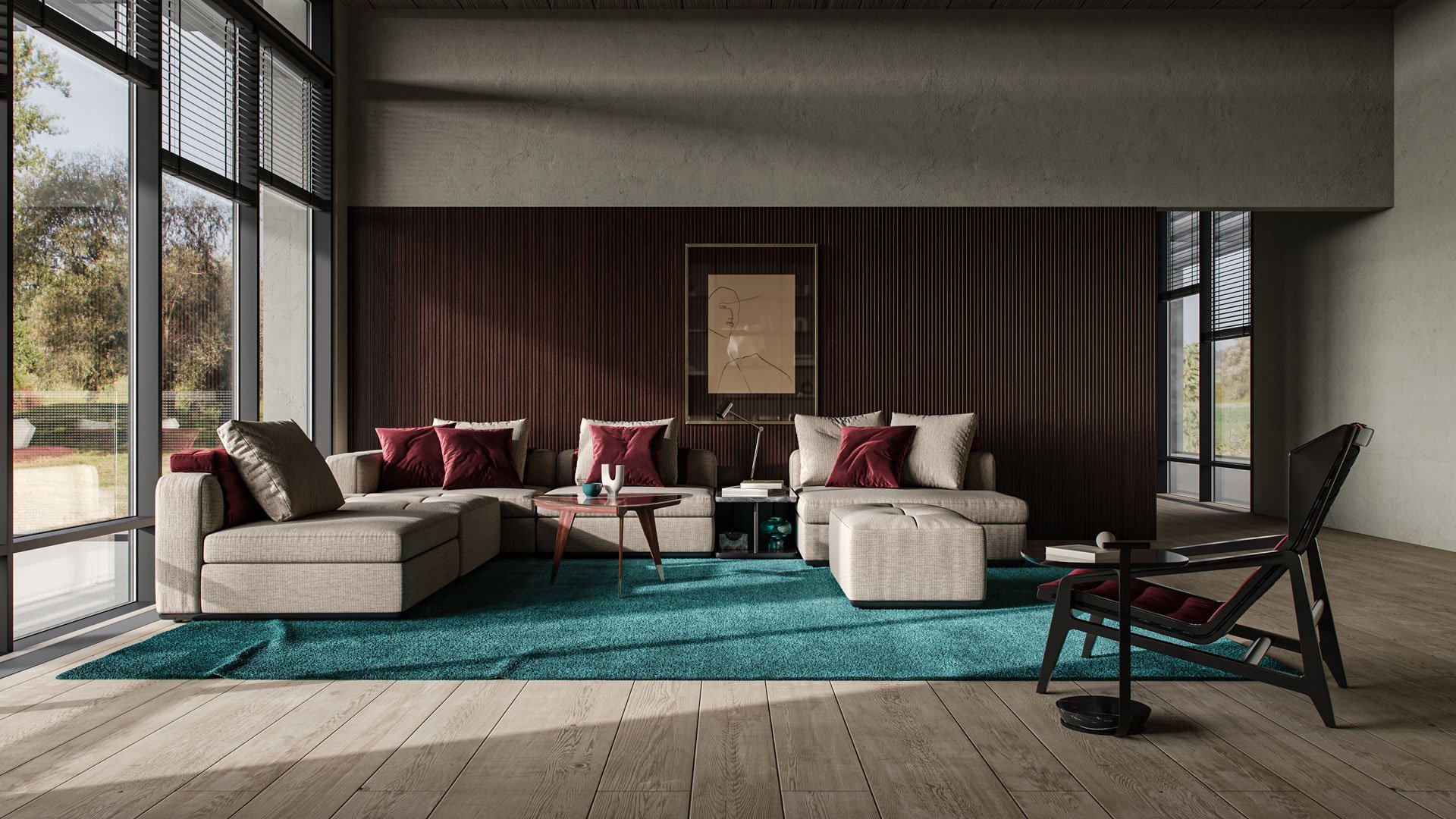




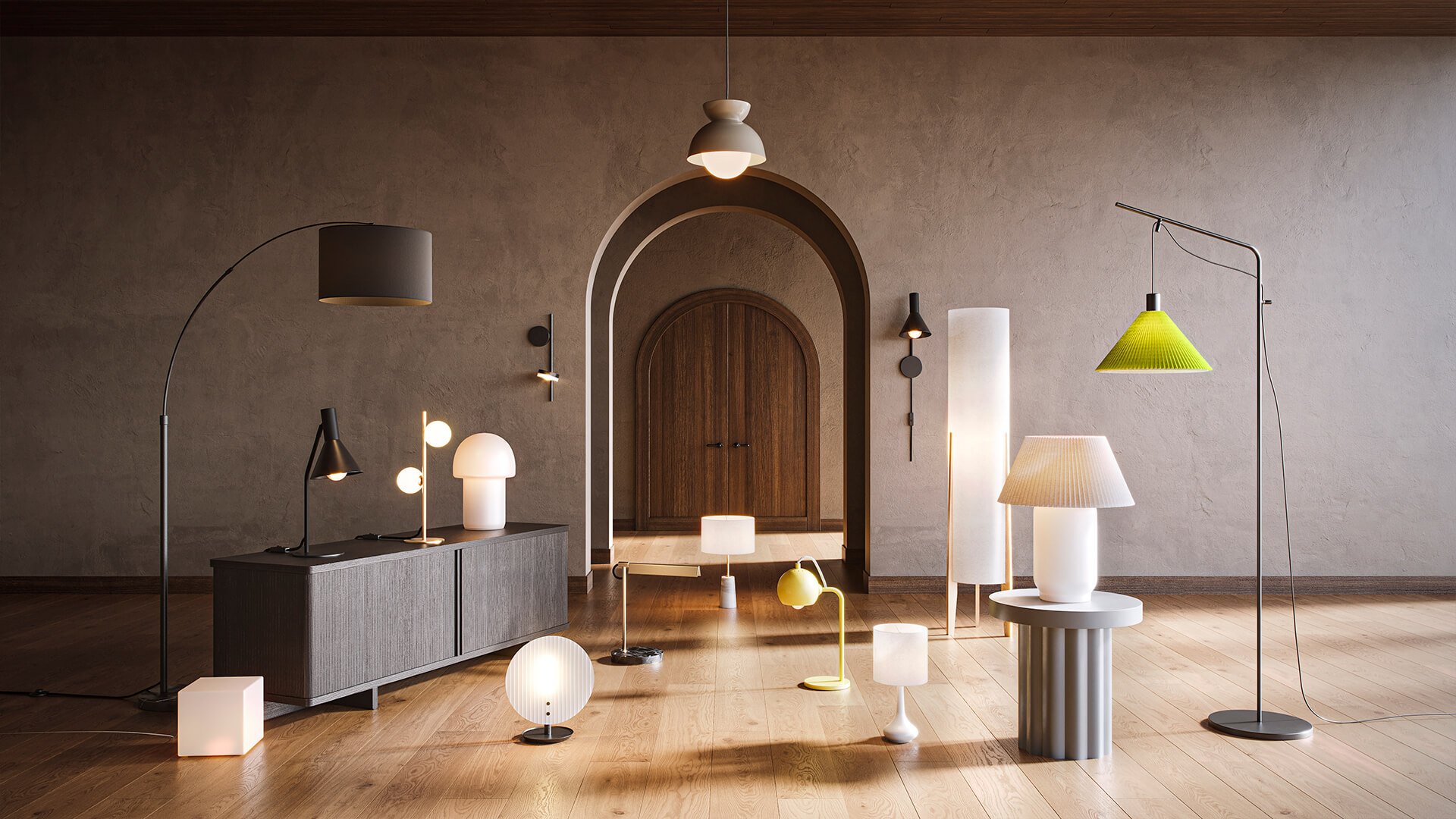
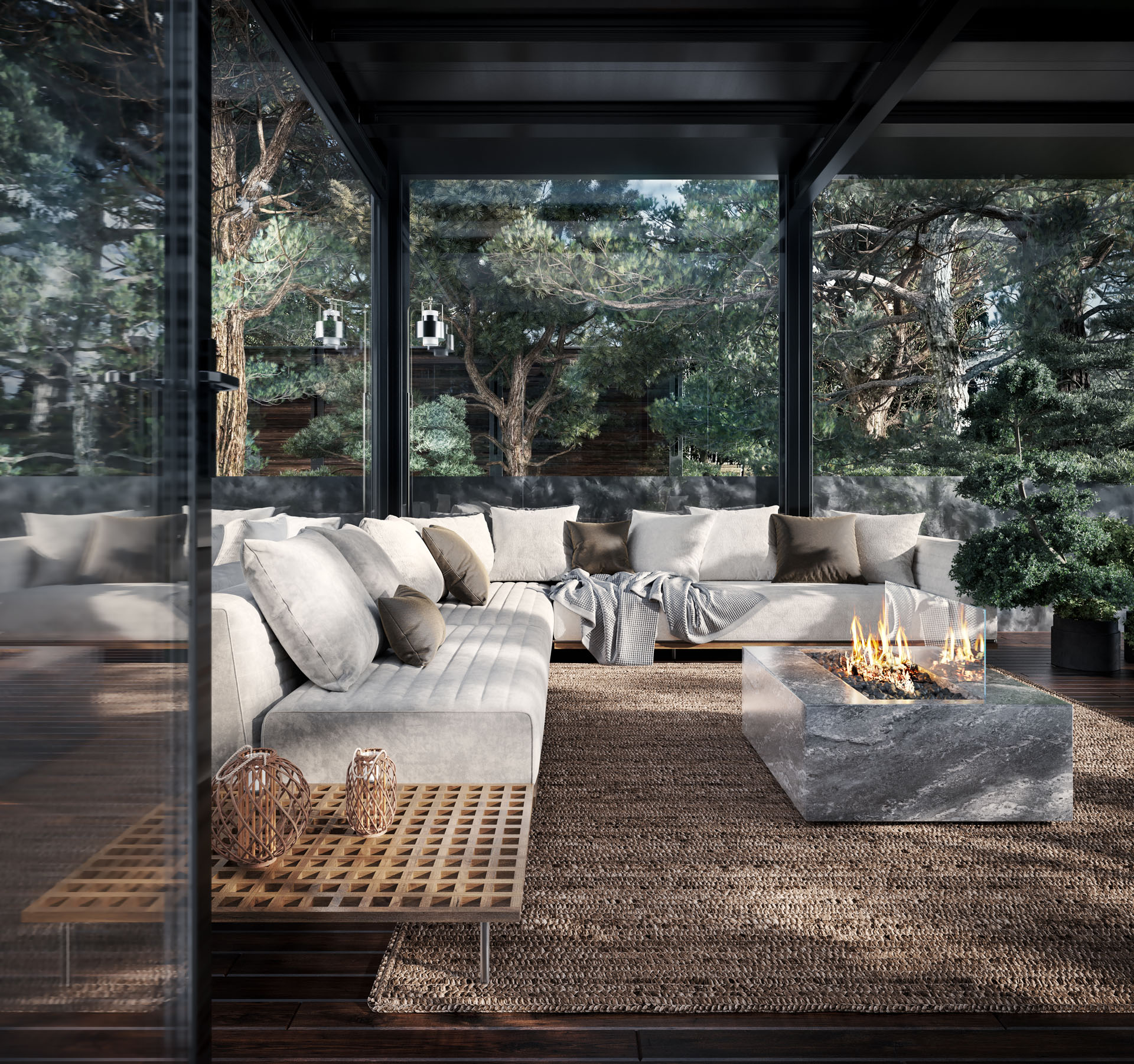


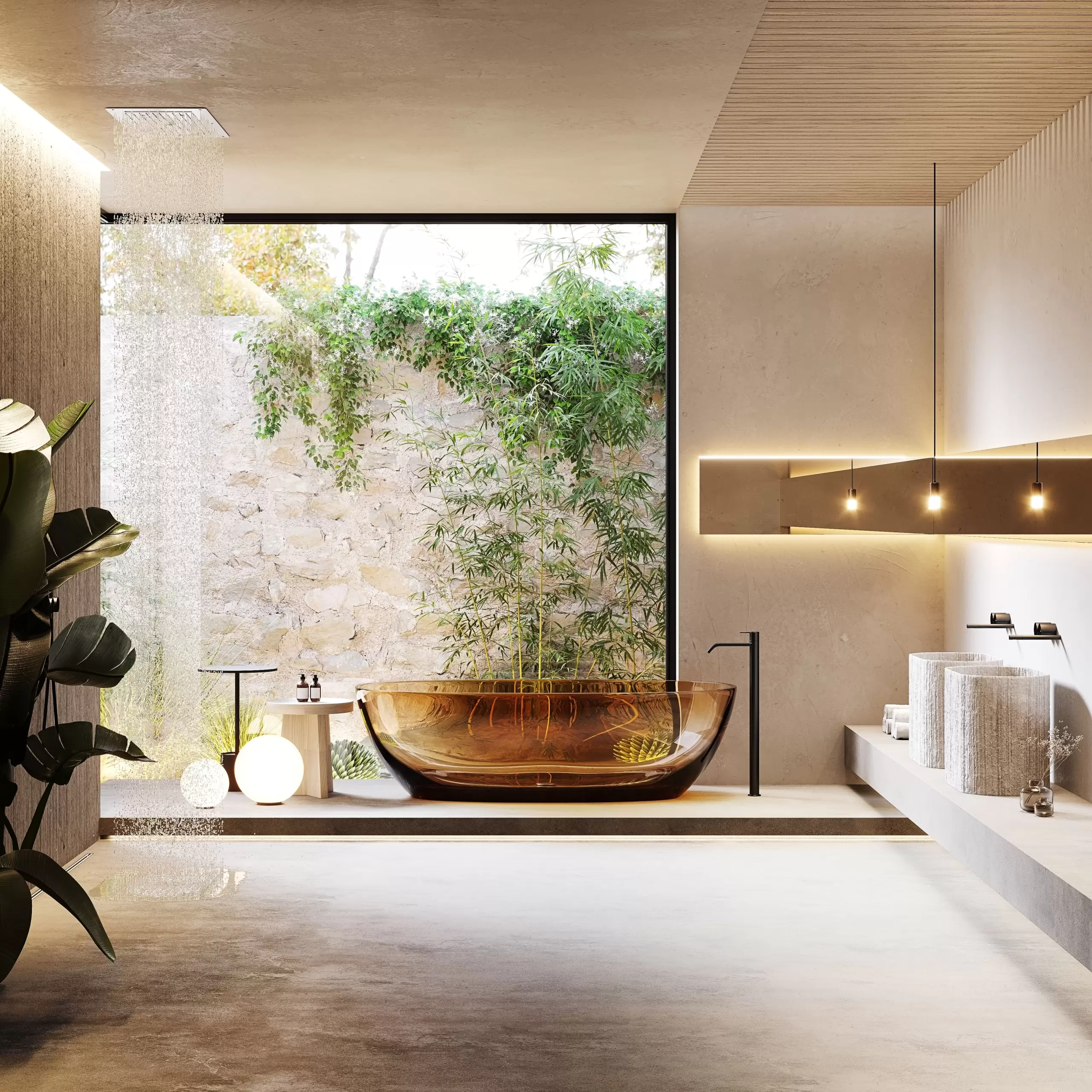
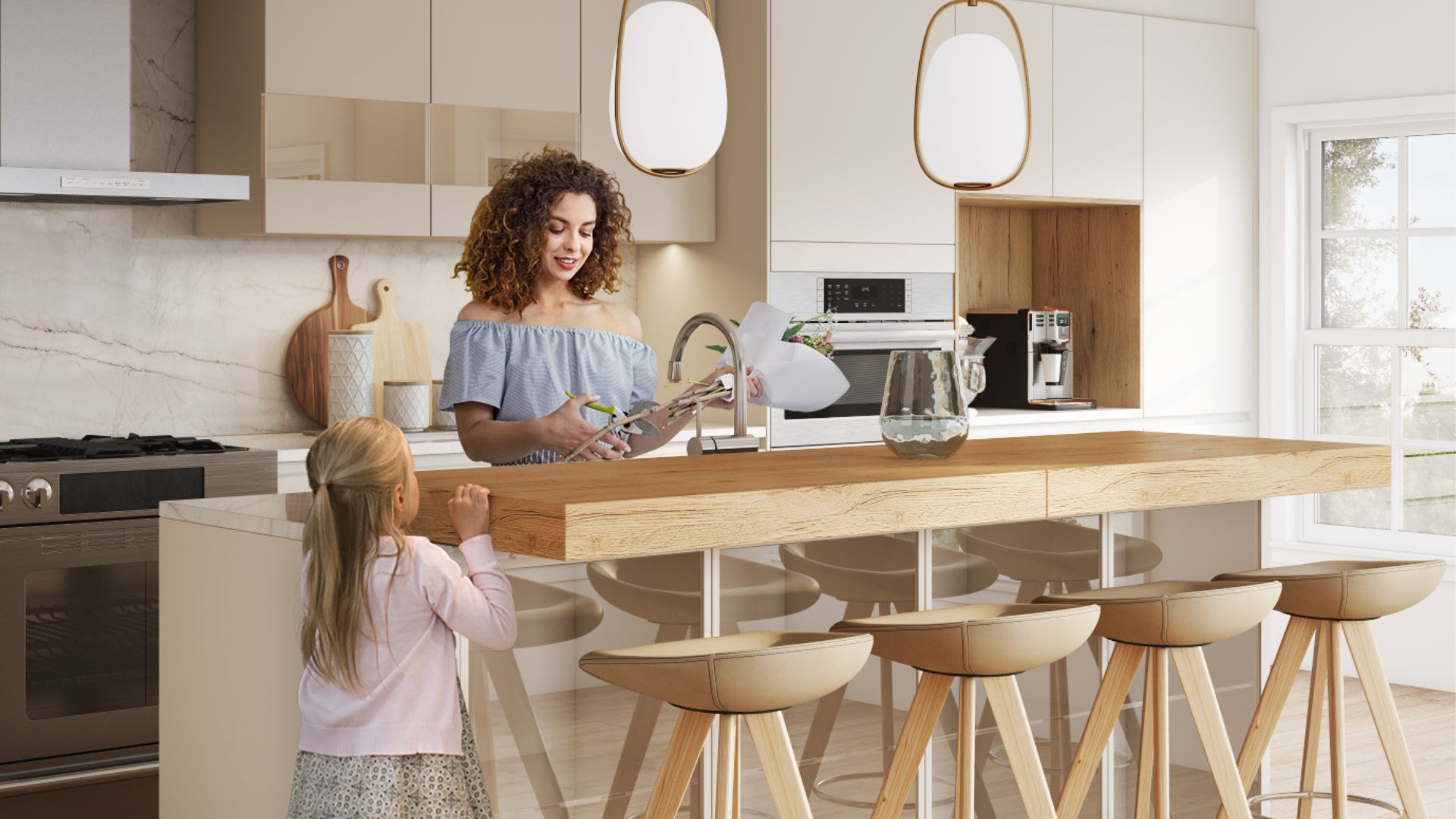
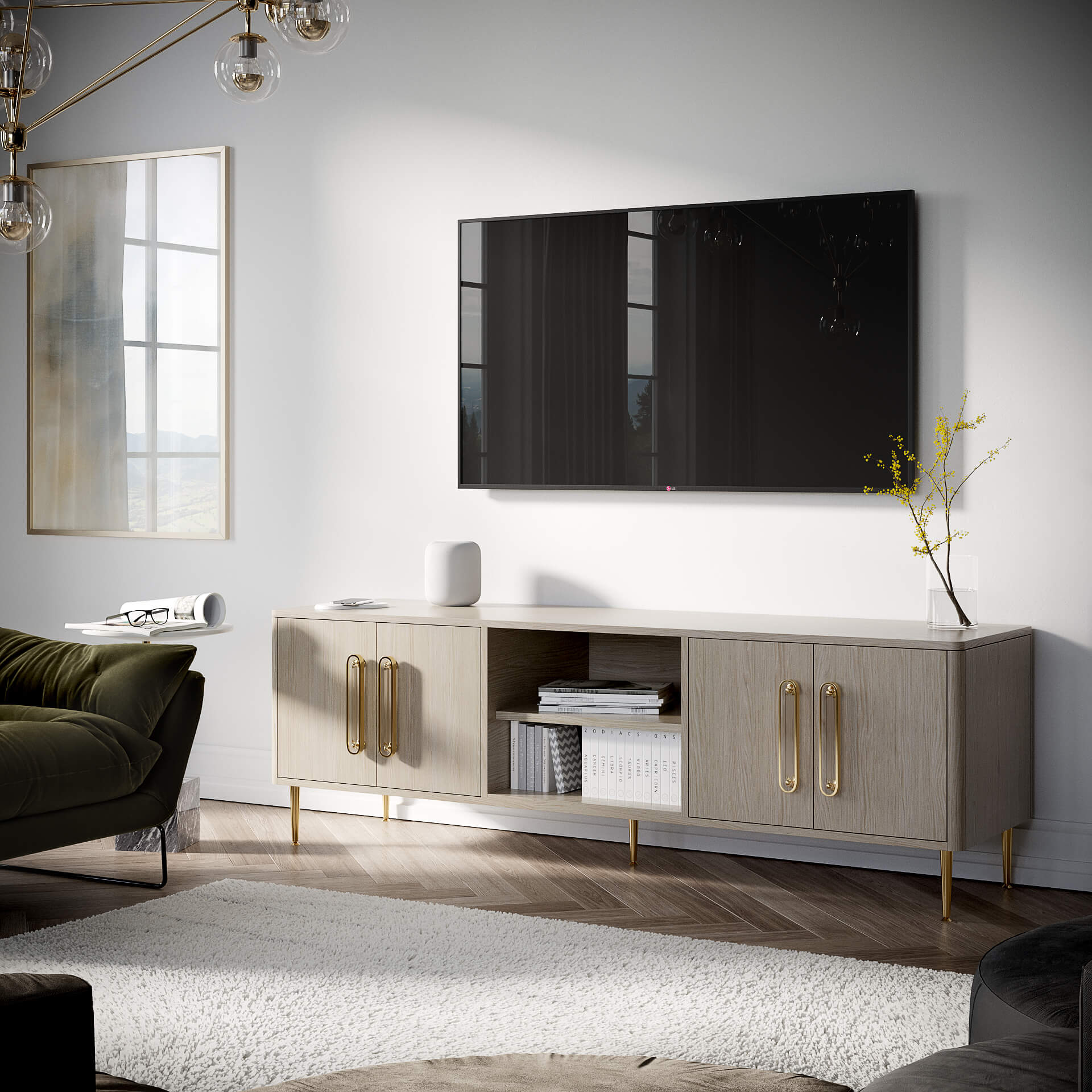
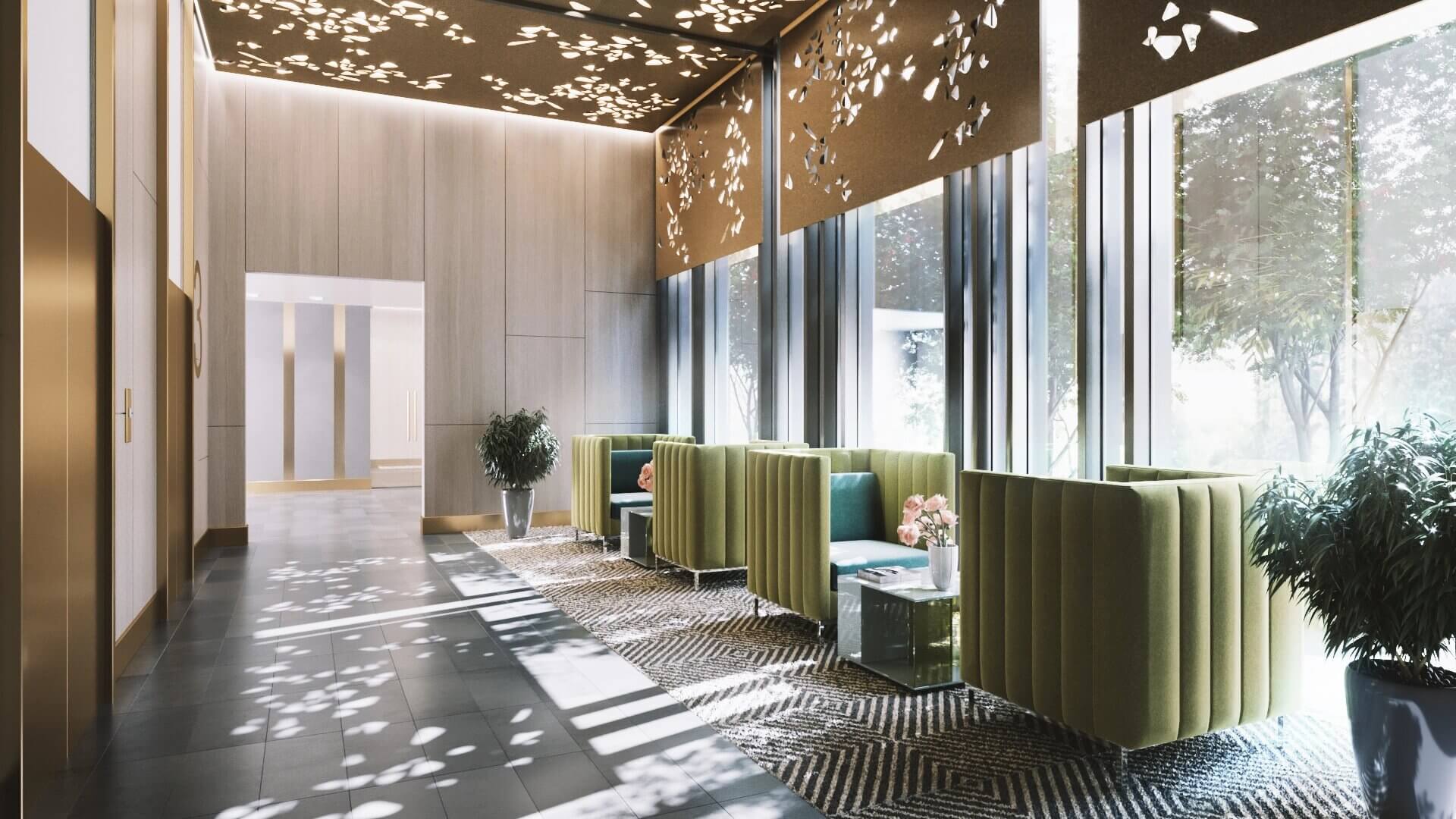



Leave a Reply
Want to join the discussion?Feel free to contribute!